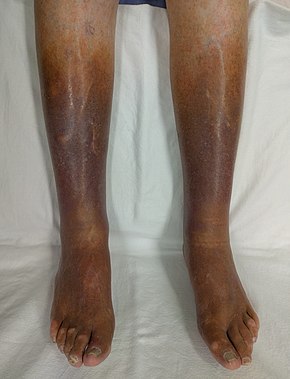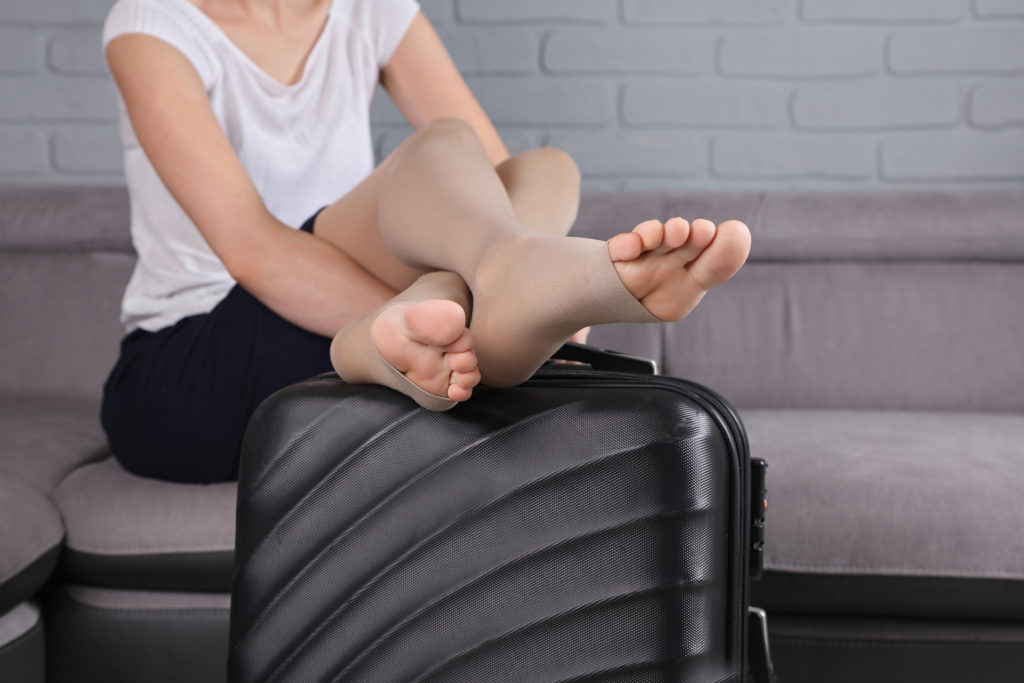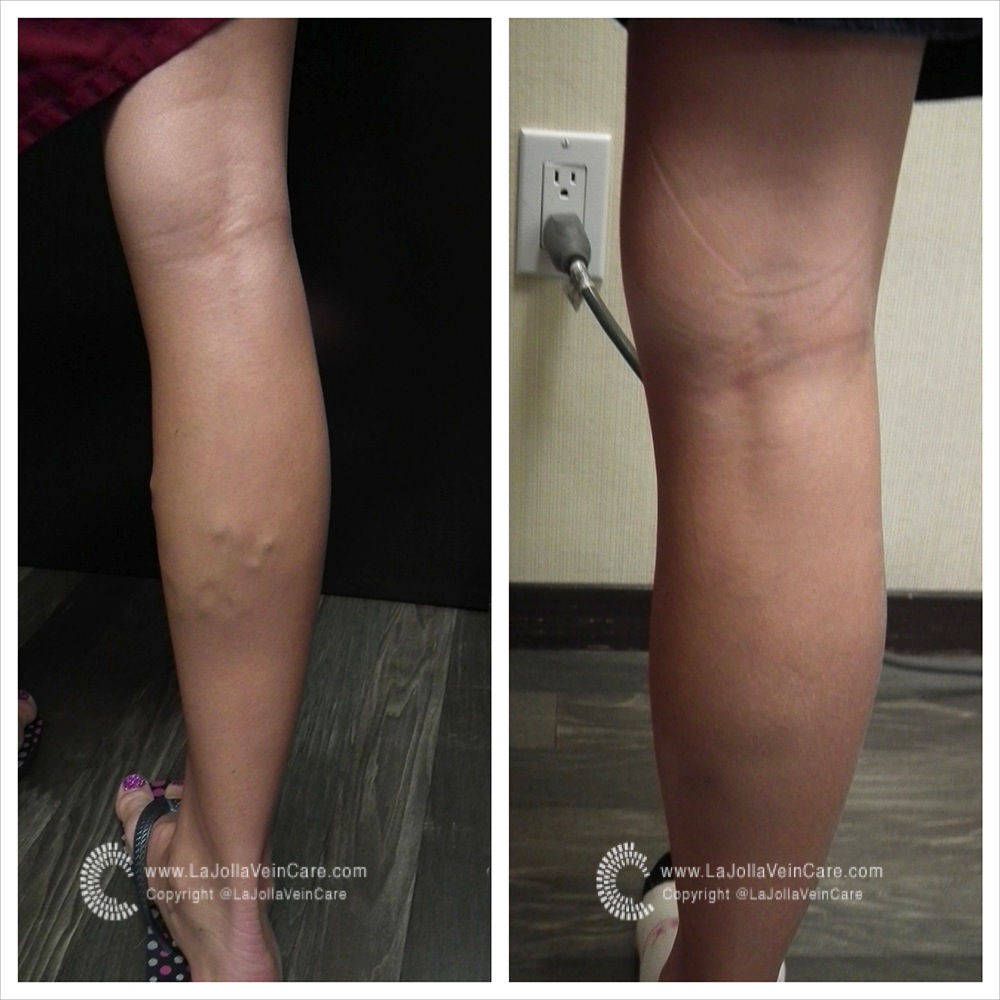What is a Superficial Thrombophlebitis?
A thrombophlebitis is swelling and inflammation of a vein caused by a blood clot. There are two main types of thrombophlebitits: deep venous thrombosis (affects deeper, larger veins) and superficial thrombophlebitis (affects veins near the skin surface). This is often referred to as an STP.
The following symptoms are often associated with thrombophlebitis:
- Inflammation (swelling) in […]







